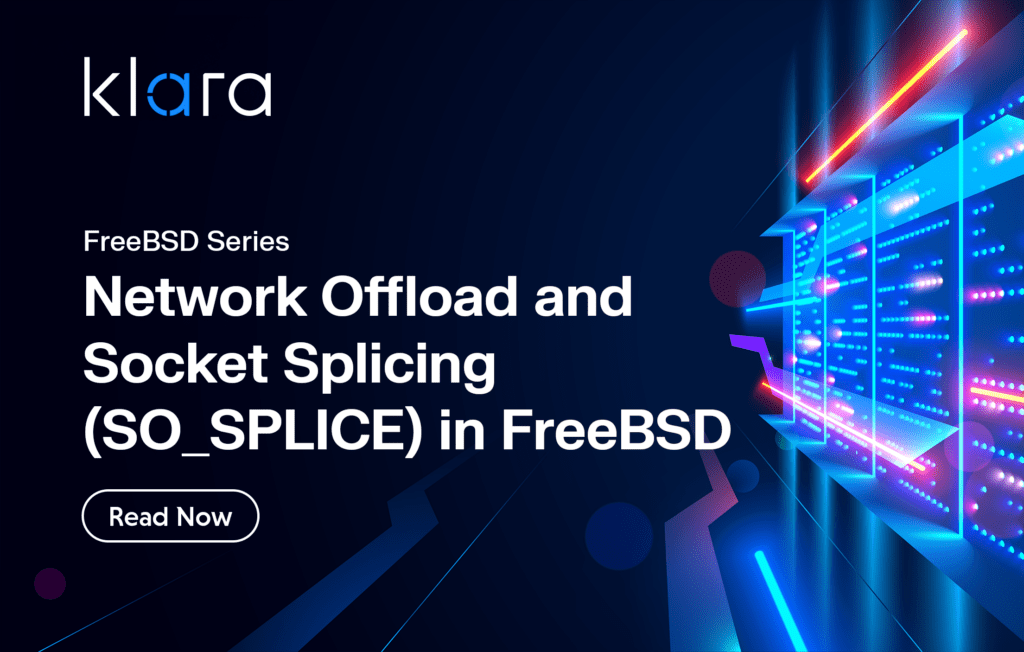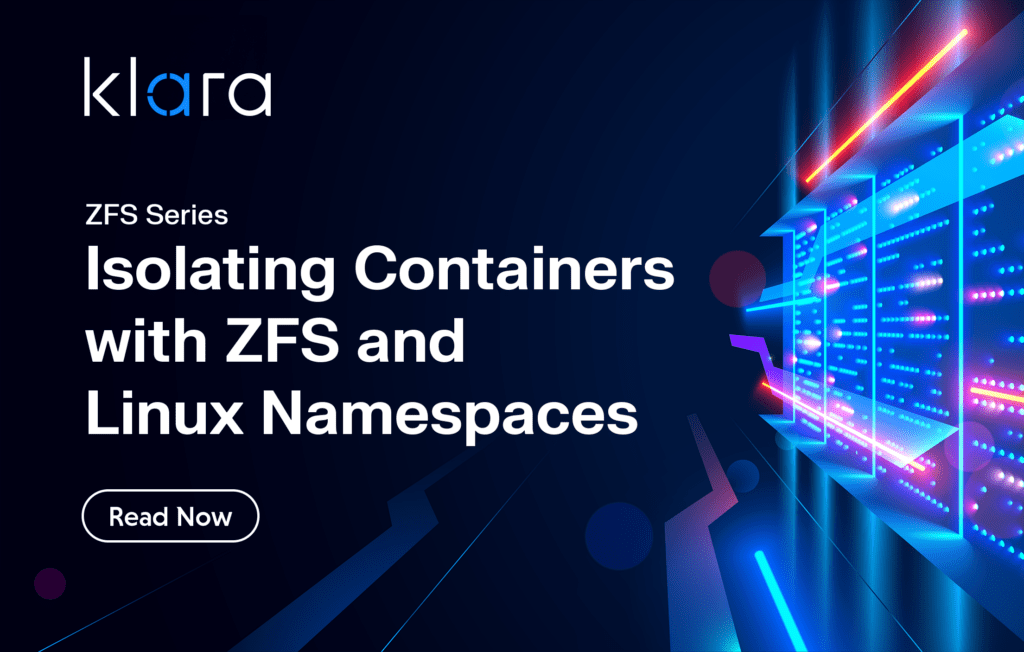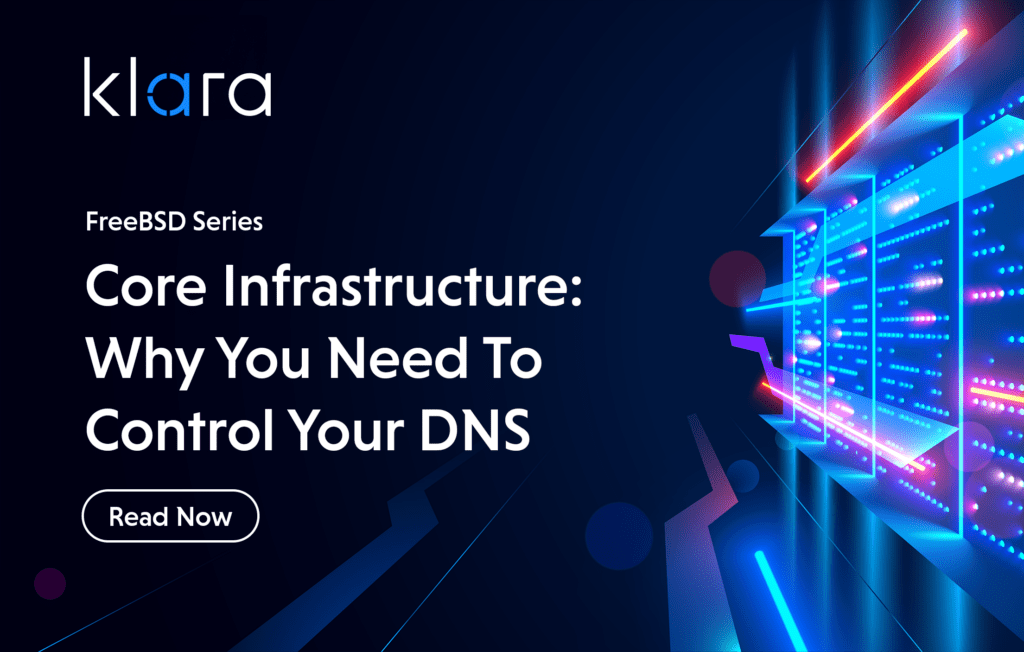Network Offload and Socket Splicing (SO_SPLICE) in FreeBSD

FreeBSD’s SO_SPLICE enables kernel-level TCP proxying, reducing CPU overhead and eliminating unnecessary data copies. This improves network efficiency, lowers latency, and enhances throughput. Now available in FreeBSD 14.2, it offers a streamlined solution for high-performance proxying.
Core Infrastructure: Why You Need to Control Your NTP

Keeping accurate time on your network isn’t just a convenience—it’s essential for security, performance, and reducing unnecessary internet traffic. This article explores why running your own NTP server is a smart move, how to rein in misbehaving IoT devices, and why the NTP Pool Project is the best choice for sourcing reliable time.
Isolating Containers with ZFS and Linux Namespaces

Containers provide an efficient way to isolate workloads, but managing storage and resource separation can be challenging. This article explores how ZFS and Linux namespaces work together to optimize containerized environments, ensuring storage flexibility, workload isolation, and enhanced control. Learn how to leverage ZFS datasets and Linux namespaces for multi-tenant architectures while maintaining performance and security.
Controlling Your Core Infrastructure: DNS

Take charge of your network’s performance and privacy by setting up your own DNS server. Learn how DNS queries work, why ISP-provided servers may hold you back, and how a well-configured caching DNS server can drastically improve speed and control across your infrastructure.
Winter 2024 Roundup: Storage and Network Diagnostics

Check out this season’s investigation-themed collection of top diagnostics stories. From uncovering ZFS bugs to solving FreeBSD network challenges, see how our expertise addresses the toughest technical issues.
FreeBSD – 3 Advantages to Running FreeBSD as Your Server Operating System

As the motto “The Power To Serve” indicates, FreeBSD is specifically designed to excel as a server operating system. Today, we’re going to go over three of its most compelling advantages in that role: thorough OpenZFS integration, easy-to-leverage infrastructure for custom packaging, and advanced fleet management capabilities.
Building Your Own FreeBSD NAS Server with ZFS

Let’s talk about building your own NAS on FreeBSD. The first step – researching hardware. When it comes to researching NAS hardware, it’s easy to get lost in the dizzying array of technologies, vendor datasheets touting performance and reliability stats.
While we can’t tell you what hardware to buy in an article, we can discuss some of the factors to consider as you research which hardware best meets your storage requirements.
What Makes a Good Time to Use OpenZFS Slog and When Should You Avoid It

In this article, we’re talking about the OpenZFS SLOG. Find out, among others, about synchronous vs asynchronous writes and the ZIL, why you should use a SLOG and on what type of devices.
OpenZFS: All About the Cache Vdev or L2ARC

The cache vdev, better known as “L2ARC” is one of the well-known support vdev classes under OpenZFS. But did you know it is not an ARC at all? Joins us in the journey to discover L2ARC, and learn about L2ARC feed rates, how it receives data, or when you should use it.





